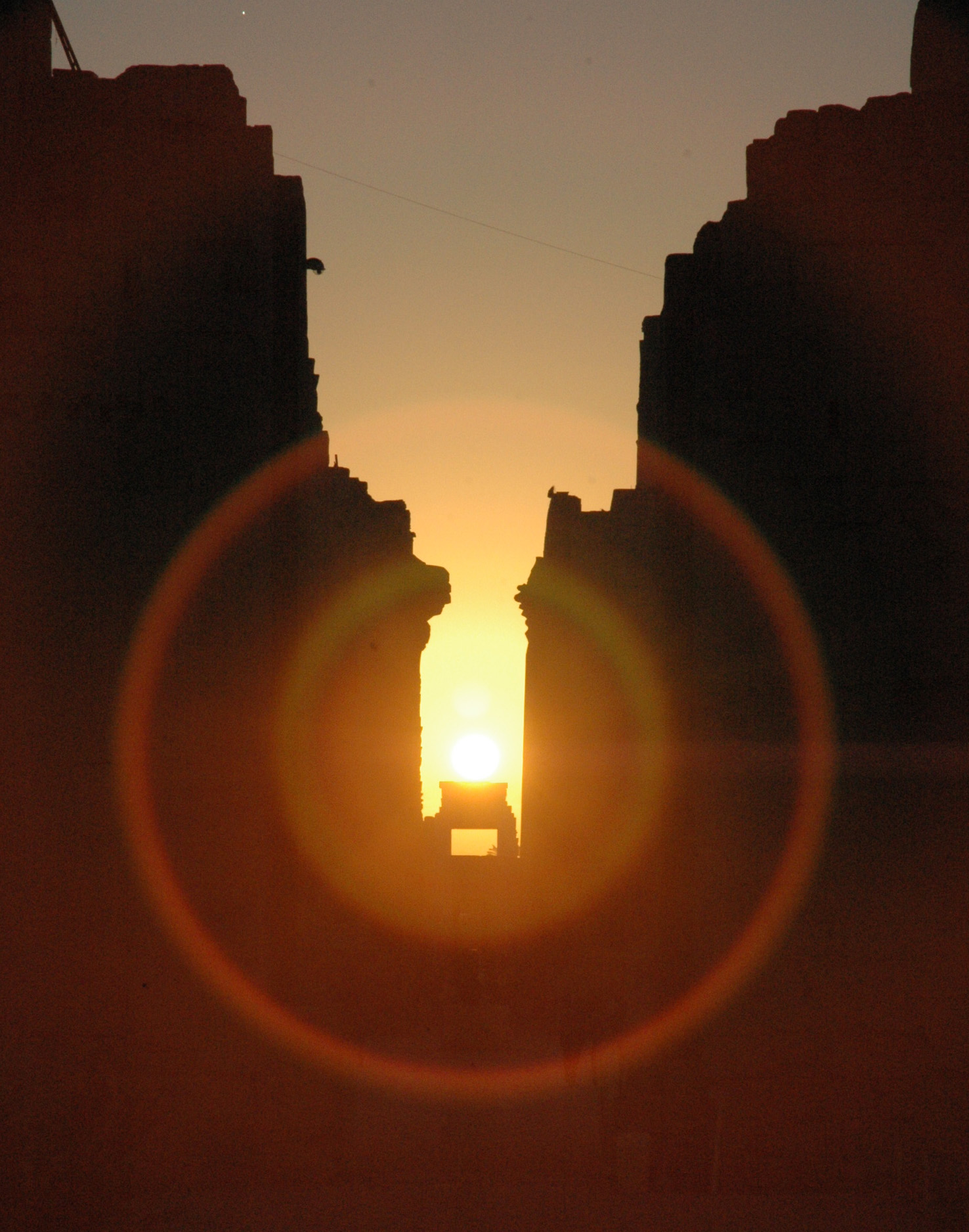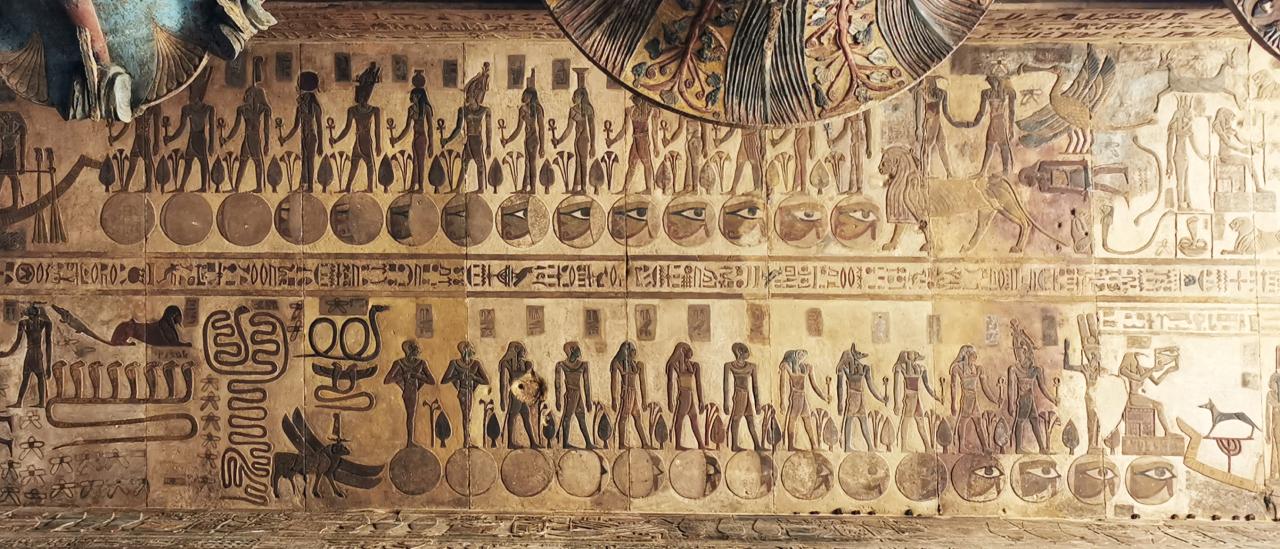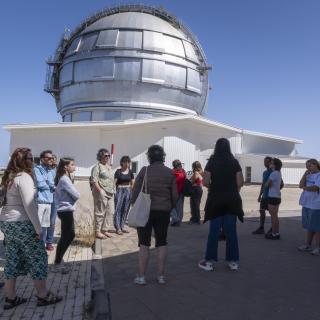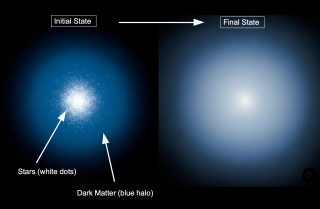The editorial Springer is publishing the book “Astronomy of Ancient Egypt: A Cultural Perspective” by the researcher at the Instituto de Astrofísica de Canarias (IAC) Juan Antonio Belmonte, and the egyptologist from the Universitat Autónoma de Barcelona (UAB) Josep Lull. The book analyzes and synthesizes the collected research during the last two hundred years about the cosmogony and the cosmovision of ancient Egypt, together with up to date research. The book will be presented in a panel discussion on Friday June 30th at 18:00 h in the Museum of Science and the Cosmos (MCC) of Tenerife, in La Laguna.
Astronomy was a key element in Egyptian culture and was one of the most potent elements used by that civilization in search of “Maat”, cosmic harmony and equilibrium. The ancient egyptians catalogued stars, followed the movements of the Sun and the Moon with precision, formed constellations from groups of stars, and put together a calendar of 365 days, among other achievements.
The main objective of the book Astronomy of Ancient Egypt: A Cultural Perspective, which has just been published by the prestigious editorial Springer in their series “Historical and Cultural Astronomy, is to synthesize and analyze the international body of research in the past two centuries, with special énfasis on the last three decades, about the astronomical knowledge within this ancient culture.
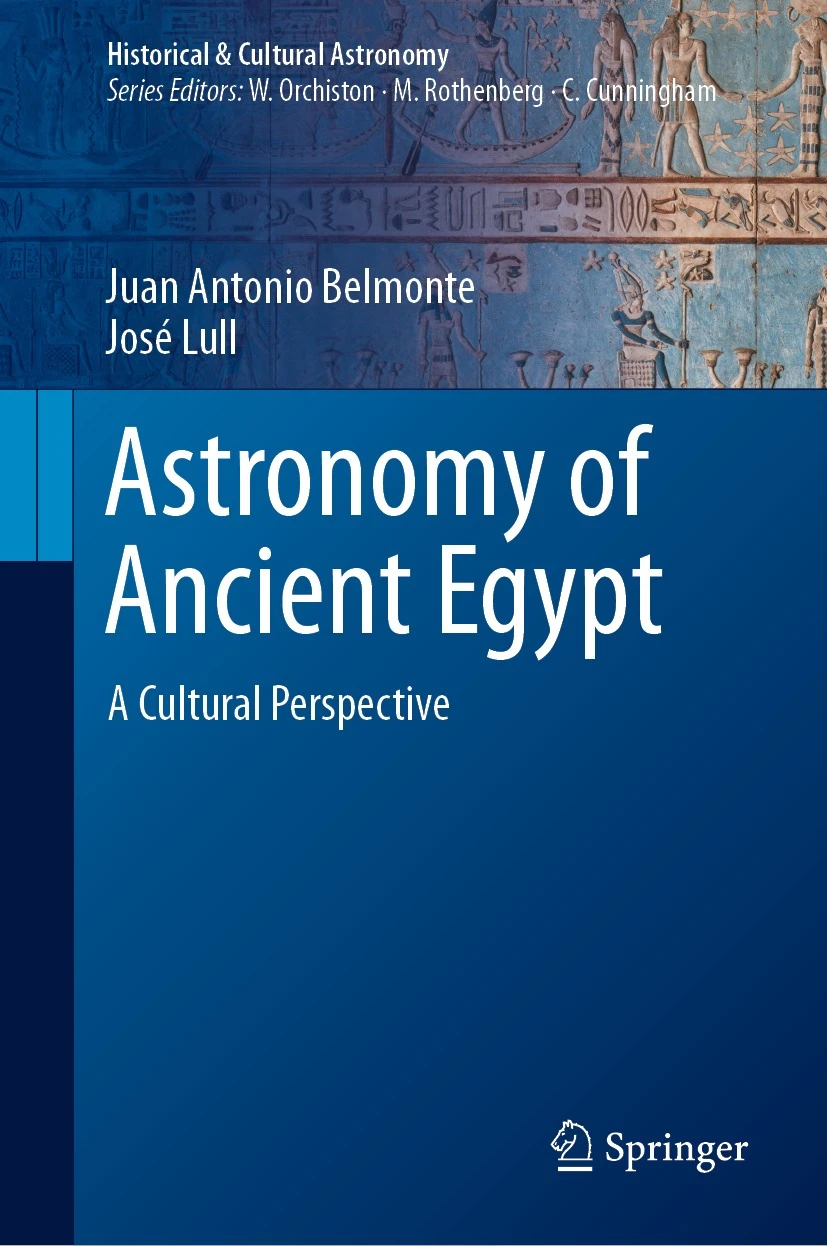
This major work has been written by two recognized specialists: an astronomer who has trained as an egyptologist, Juan Antonio Belmonte, Research Professor at the Instituto de Astrofísica de Canarias (IAC), and an egyptologist who has trained as an astronomer, Josep Lull, Professor of Egyptology at the Universitat Autónoma de Barcelona (UAB), a member of the Instituto de Estudios del Próximo Oriente Antiguo (IEPOA).
Its chapters deal with the most relevant subjects in this field, such as the Egyptian cosmogony and cosmovisión; the tools of measurement of time and the calendars, the landscapes and skyscapes of ancient Egypt; the architecture and the influence which astronomy had on this, including the pyramids; chronology and other minor aspects which are no less important, such as the roles played by the Egyptian astronomers themselves, which are often forgotten.
Each chapter includes an introduction, and overview of the documentation about the subject, a critical discussion of current debates and discussion, and a presentation of the most recent advances in research, some of this by the authors themselves, in recent decades.
“Straddled between egyptology and astronomy, this multidisciplinary book will please to those experts or specialists interested in the study of the astronomy of ancient Egypt, but it will also help anybody who wants to build their knowledge about this subject, and to solve old puzzles, which really are not so puzzling, about the arcane civilization of the Pharaohs" says Belmonte.
Pooling information in the MCC
The contents and other relevant aspects of the book, such as the work that went into it, will be discussed in a panel discussion to be held on Friday June 30th, a 18:00 h in the Museum of Science and the Cosmos (MCC) of Tenerife. The session will be chaired by Oswaldo Gonzalez, an astronomer and planetary specialist of the MCC, who is a pioneer of archaeoastronomy in the Canaries.
As well as the authors themselves, who will explain how the book was written and will give a few brief anecdotal explanations about its most revealing contents, other participants will include Miguel Ángel Molinero Polo, Professor of Egyptology and ancient history at the University of La Laguna (ULL), an expert in astronomical iconography of the Pharaonic period, and director of the TT209 project of the ULL in the Theban necrópolis, who will present the book, and Terry Mahoney, an astronomer and researcher at the IAC, an expert editor of specialized texts, who has been joint editor of the book, and a basic collaborator.
Contact at the IAC:
Juan Antonio Belmonte, jba@iac.e
